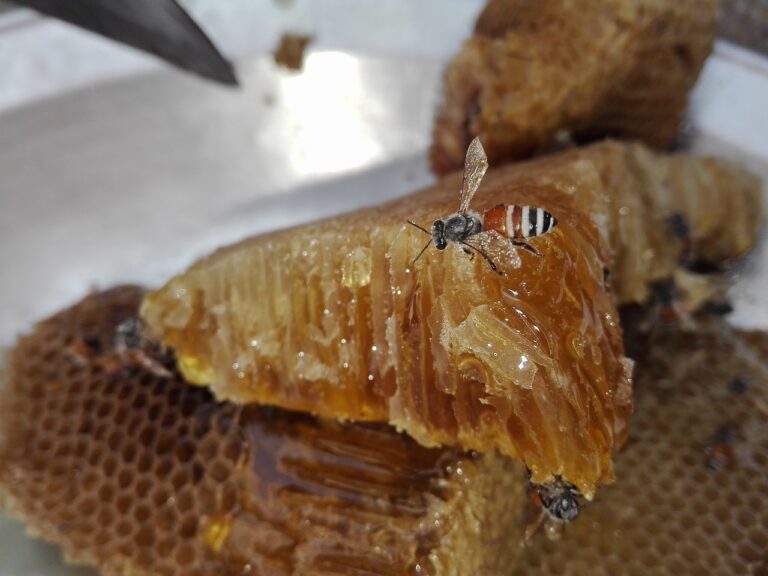The Impact of Air Pollution on Children’s Respiratory Health
Respiratory issues in children can be triggered by a variety of factors. One common cause is exposure to air pollution, both indoor and outdoor. Pollutants such as smoke, dust, and chemicals can irritate the respiratory system, leading to issues like asthma and bronchitis. These pollutants can compromise the air quality in homes, schools, and playgrounds, making it crucial to monitor and reduce exposure.
In addition to air pollution, genetic factors can also play a role in respiratory problems in children. Children with a family history of asthma or allergies are at a higher risk of developing respiratory issues themselves. Environmental factors such as secondhand smoke and poor ventilation can further exacerbate these genetic predispositions, leading to an increased likelihood of respiratory issues. Understanding the interplay between genetic and environmental factors is essential in addressing and preventing respiratory issues in children.
Common Sources of Air Pollution
Air pollution is a significant environmental concern that can have detrimental effects on the respiratory health of children. One common source of air pollution is vehicular emissions, which release pollutants such as nitrogen oxides and particulate matter into the atmosphere. These emissions can lead to the formation of smog and worsen air quality in urban areas where traffic congestion is high.
Industrial activities also contribute to air pollution by releasing pollutants like sulfur dioxide and volatile organic compounds into the air. Factories and power plants emit these pollutants during the production of goods and electricity, leading to poor air quality in nearby communities. Children living in these areas may be at higher risk of developing respiratory issues due to prolonged exposure to these harmful pollutants.
What are some common sources of air pollution?
Common sources of air pollution include vehicle emissions, industrial processes, agricultural activities, and burning of fossil fuels.
How does air pollution impact children’s respiratory health?
Air pollution can worsen respiratory issues in children, leading to conditions such as asthma, bronchitis, and other respiratory infections.
What can be done to reduce air pollution from vehicles?
To reduce air pollution from vehicles, individuals can carpool, use public transportation, bike, or walk whenever possible. Additionally, choosing electric or hybrid vehicles can help decrease emissions.
How can industrial processes be made more environmentally friendly?
Industrial processes can be made more environmentally friendly by implementing pollution control technologies, using renewable energy sources, and improving energy efficiency in production.
What role does agriculture play in air pollution?
Agriculture contributes to air pollution through the use of fertilizers and pesticides, as well as emissions from livestock. Sustainable farming practices can help reduce these impacts.
How does burning fossil fuels contribute to air pollution?
Burning fossil fuels releases pollutants such as carbon dioxide, sulfur dioxide, and nitrogen oxides into the air, leading to air pollution and climate change. Transitioning to renewable energy sources can help mitigate these effects.





